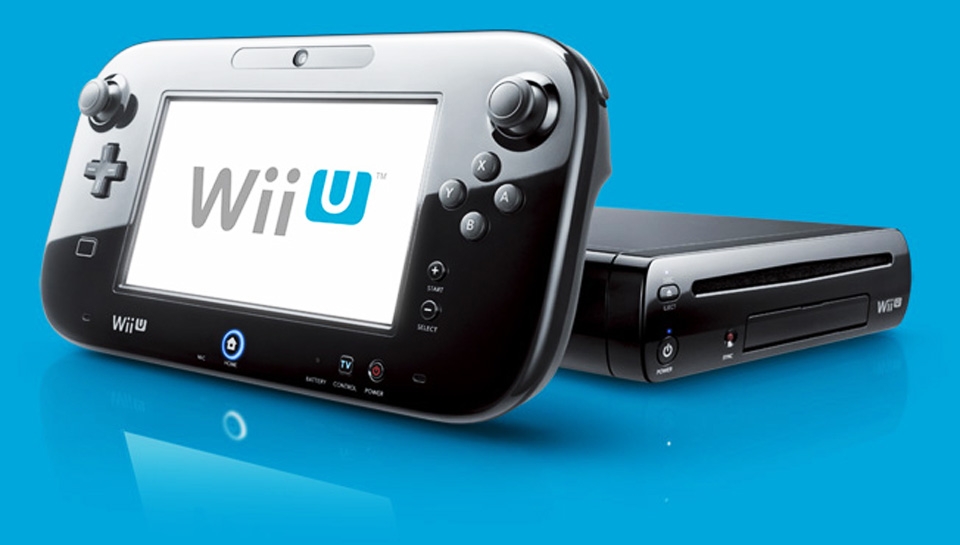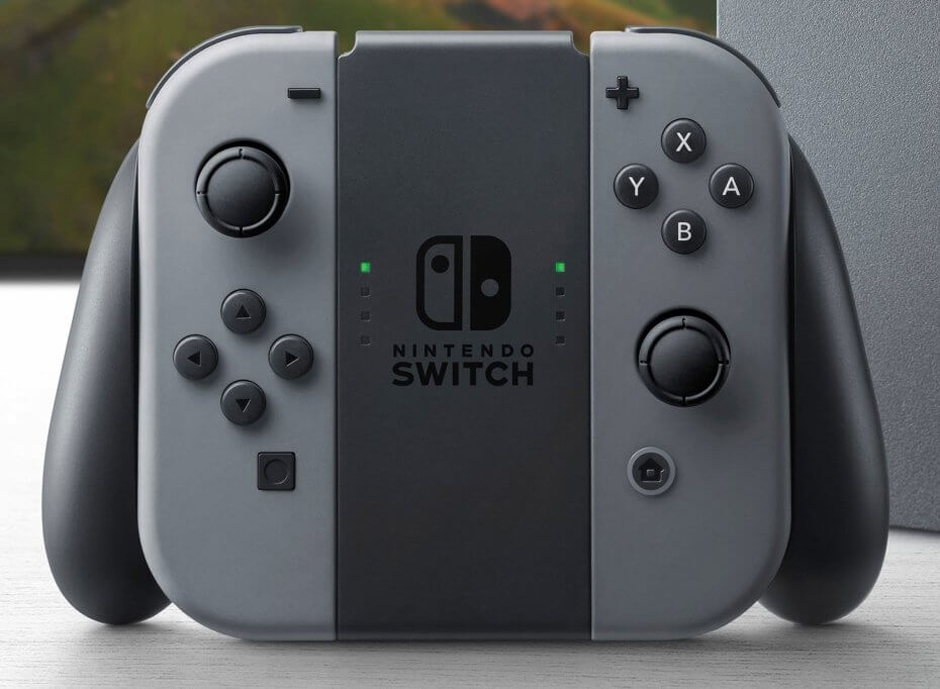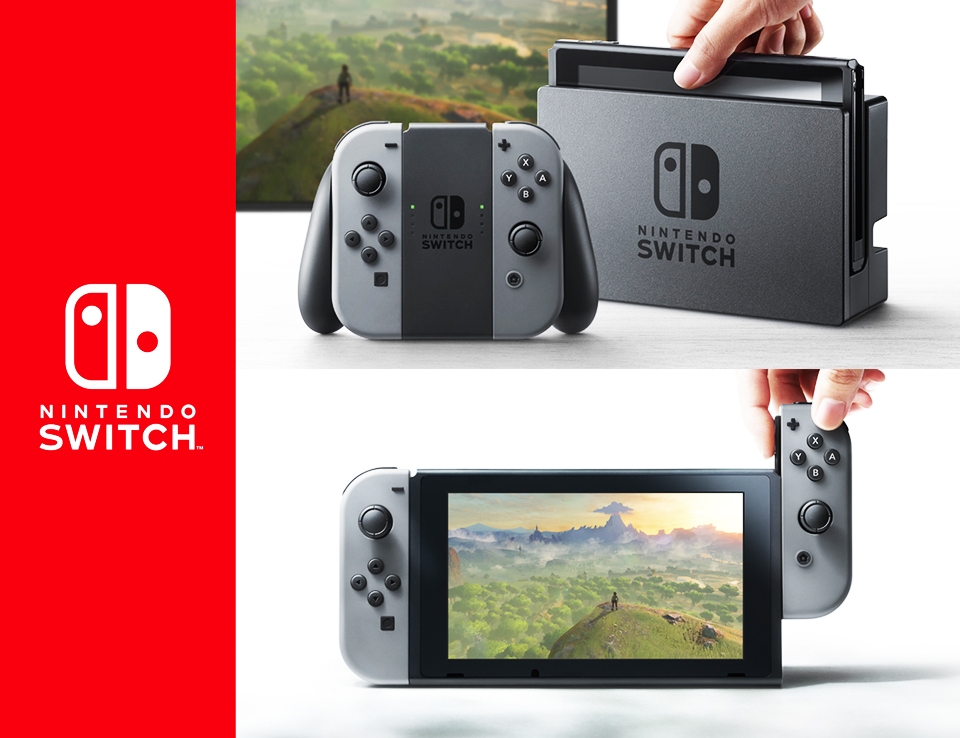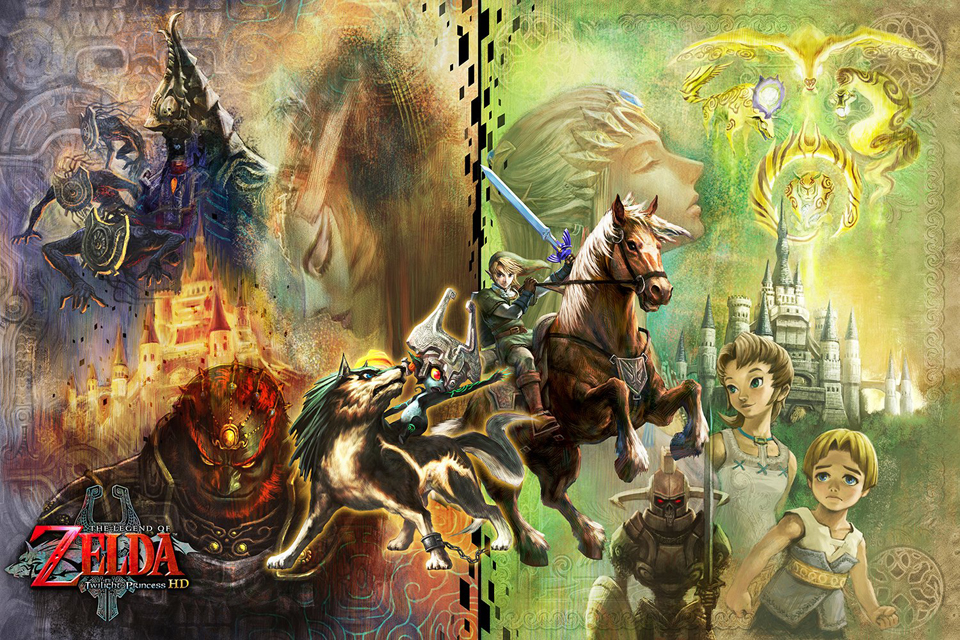
By Zachary Landau | The Duquesne Duke
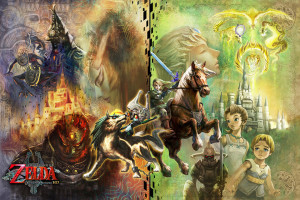
It feels weird reviewing “The Legend of Zelda: Twilight Princess HD” considering the next entry in the franchise is releasing later this year. It conveys a lack of confidence in a product when a company rereleases one of its most commercially successful games in the lead up to their newest and untested product.
Considering Nintendo’s unstable situation, it is no wonder that the company would want a reliable source of income leading up to possibly one of its most uncertain years in a decade, and what better way to make some extra cash than to give fans what they have been asking for years now.
Is that to say that “Twilight Princess HD” is just a cheap way for Nintendo to make a quick buck? It certainly feels like it.
That cheap quality becomes exceedingly obvious while playing “Twilight Princess HD.” Nothing in this thirty-some hour adventure differs from the original by a significant amount, and the few changes are almost unnoticeable.
This is a shame, as the original game had significant pacing issues that were heavily criticized. A remake presents the perfect opportunity to fix these problems, an opportunity that the developers refused take. The biggest change encountered in the game’s intro, for example, was reducing the amount of fish you needed to catch for your neighbor’s cat from two to one. Putting aside the ridiculous nature of the task, this change barely shaves off a minute from a nearly hour-long introduction.
This and other entirely insignificant changes made to other segments of the game are annoying in how useless they are, and the fact that the developers even bothered to only tweak instead of fix broken sections of the game is disheartening.
Even the new graphics, which should be the main draw to an HD remake, carry an air of sloppiness to them. They do not look great, sadly, and the textures in particular look like they were made a decade ago. Not only that, but the polygon-count on the models was not increased, meaning most characters and environments are blocky and unattractive, an effect made even uglier by the textures stretched across them.
What are worse are the fog effects; every time they appear the game slows to an absolute crawl, a problem that was not in the original release. It is absurd that a remake of a decade-old game running on a significantly more powerful console has slow-down because of a simple particle effect (and a not-too-pretty one at that).
There are some positives in the game that should also be considered. For one, the world of “Twilight Princess” is incredibly engrossing, with an intricately designed map to explore and numerous character exhibiting their strange, but enticing, personalities.
“Twilight Princess” is also probably the most thematically solid “Zelda” game, with its subjects of fear and corruption playing out between characters and scenarios to an effective degree. A lot can be said about the story as well, as it has the capacity to be both extremely bleak as well as wonderfully hopeful throughout its running time.
But does that mean you should play it? Unfortunately, regrettably, no. Considering how little was actually changed between the original and the HD remake, there is no reason to drop $50 on a remake that feels inferior to the game it ostensibly should have improved on and that you can still play on a Wii U. Better games exist, even better “Zelda” games, and they are more deserving of your time than this mediocrity.

